 Abraham Lincoln
If given the truth, the people can be depended upon to meet any national crisis...
Abraham Lincoln
If given the truth, the people can be depended upon to meet any national crisis...
 Guildford news...
for Guildford people, brought to you by Guildford reporters - Guildford's own news service
Guildford news...
for Guildford people, brought to you by Guildford reporters - Guildford's own news service
Birdwatcher’s Diary No.35
Published on: 12 May, 2013
Updated on: 12 May, 2013
By Malcolm Fincham
What an incredibly unusual year it has been so far! Probably the strangest since records began? Well, my records anyway. Mind you, official Met Office records apparently only go back as far as 1914, so we’re not that far apart in the history of time.
Another trip to Pulborough Brooks in West Sussex on the final day of April continued to throw up a surprise or two. Firstly a lesser redpoll. I have only ever recorded these birds as a winter visitor in this part of the country so to see and get a picture of one was a first for me.
Although many of the summer birds had arrived and were in full voice, including as many as six nightingales of which one kindly allowed me a photo of, little could be seen still of the usual vast amount of hirundines that are normally feeding out on the lagoons by now.
On my arrival back at the vistors centre I took a picture of a siskin, another bird very much associated with winter.
Some long overdue warmth and sunshine finally arrived and continued throughout the first week of the month of May and a variety of butterflies including brimstone, peacock and speckled wood began to emerge. I even heard my first cuckoo calling while on a cycle ride beyond Wood Street Village green on May 1. But things continued to remain unconventional in other departments with summer migrant birds trickling in rather than arriving in great numbers, and on much later dates than I have seen them locally in previous years.
Later that same day I visited Stoke Lake and was pleased to see and get my first sightings this year of both reed and sedge warblers singing from a section of reed bed. Their similar scratchy songs showing themselves just long enough for me to get a picture of both. Click here for a clip I have found so you can compare for yourself.
That same evening I saw my first common tern of the year. However, it wasn’t one of the pair hopefully due back to reside at Stoke Lake any day now. This one briefly circled the lake before flying on.
Also noted were at least three male reed buntings now calling around the reserve and I even managed to snap a shot of a female blackcap and another of a common whitethroat as they briefly emerged from the undergrowth to warm themselves in the evening sun.
Out on the water a great crested grebe continued to patrol lake while his partner sat tight on her nest. Nearby on the river a pair of Canadian geese could be seen with their chicks.
The much welcomed sunshine and the warmth now in the soil has greatly helped generate a sudden growth in plants with trees around Stoke Lake also rapidly coming into leaf.
The long awaited sight of bluebells in flower can now be found throughout the Surrey countryside.
For as long as I can remember (and with the help of previous records) swifts can be guaranteed to be seen over the skies of Stoughton by April 27 each year. My previous latest record of arrival being the 29th. This year my first sighting was very brief and was of two swifts over Stoke Lake on May 6, allowing me just enough time to take a record shot photo. The following afternoon at least four could at long last be seen wheeling through the sky over Stoughton.
I have also managed to squeeze in a a couple of visits to Thursley Common. The first of which was at the end of April when I saw a pair of curlew flying across the heathland.
One of them landed, allowing me the photo I showed at the end of my previous report.
Thursley is often considered a place of feast or famine in respect of bird life and on my second visit it was certainly a case of the first. On show was a hobby, a summer visiting bird of prey. Its Latin name is falco subbuteo, of which the name of the once popular table top football game derived, as the creator of the game was not granted permission to call it ‘hobby’.
The hobby is of a similar shape and size as the kestrel. Its most notable difference is its streaky body markings and rusty red colour at the point its legs meet its body.
It is an extremely agile bird of prey and renown for catching prey on the wing, including dragonflies and even the odd swallow, to name a few.
At long last a number of other migrants can now be seen at Thursley including redstarts and tree pipits, and in the distance I heard a cuckoo.
My final notable sighting of that day was of something not much liked by some, especially within my own household. Although I am quite fascinated by them, I would strongly advise anyone with a phobia of arachnids (spiders) not to look too closely at the next picture.
This friendly little devil is the dolomedes fimbriatus or great raft spider and is the largest of our UK spiders, but fortunately harmless and a close relative to the less common fen spider.
It lives at the water edge of our heathland bogs and can be often seen with its front legs resting on the water’s edge detecting vibration of prey such as pond skaters and dragonfly.
Responses to Birdwatcher’s Diary No.35
Leave a Comment Cancel replyPlease see our comments policy. All comments are moderated and may take time to appear. Full names, or at least initial and surname, must be given.
Recent Articles
- Letter: Those in Elected Office Should Refrain from Deliberately Misleading the Public
- Cup Run Ends After City Fade in Second Half
- Press Regulator Condemns Behaviour of News Group Newspapers
- MP Says Raw Sewage Flooding Gardens is ‘Absolutely Disgusting’ – ‘Thames Water Must Stop It’
- Opinion: We Should Restore Clandon House
- Letter: Report on Councils’ Collaboration Benefits Has Been Over-hyped
- Council Tenants Unhappy With the Way GBC Handles Their Complaints
- Police Operation Puts Drug Gang Members Behind Bars
- Declaration Marks 750th Anniversary of a ‘Dark Day in Guildford’s History’
- Letter: For Democracy to Work We Need to Engage


Recent Comments
- Anthony Mallard on Opinion: We Should Restore Clandon House
- Heather Evans on Council Tenants Unhappy With the Way GBC Handles Their Complaints
- Michael Foster on Regulator Finds ‘Serious Failings’ in GBC’s Council Housing Safety Compliance
- Dave Middleton on Council Tenants Unhappy With the Way GBC Handles Their Complaints
- Jane Austin on Reported Council Collaboration Savings Contested By Opposition Councillors
- Andrew Few on Memories Of The Young Eric Clapton at Guildford’s Harvest Moon Club
Search in Site
Media Gallery
Dragon Interview: Local Artist Leaves Her Mark At One of England’s Most Historic Buildings
January 21, 2023 / No Comment / Read MoreDragon Interview: Lib Dem Planning Chair: ‘Current Policy Doesn’t Work for Local People’
January 19, 2023 / No Comment / Read MoreA3 Tunnel in Guildford ‘Necessary’ for New Homes, Says Guildford’s MP
January 10, 2023 / No Comment / Read More‘Madness’ for London Road Scheme to Go Ahead Against ‘Huge Opposition’, Says SCC Leader
January 6, 2023 / No Comment / Read MoreCouncillor’s Son Starts Campaign for More Consultation on North Street Plan
December 30, 2022 / No Comment / Read MoreCounty Council Climbs Down Over London Road Works – Further ‘Engagement’ Period Announced
December 14, 2022 / No Comment / Read MoreDragon Interview: GBC Reaction to the Government’s Expected Decision to Relax Housing Targets
December 7, 2022 / No Comment / Read MoreHow Can Our Town Centre Businesses Recover? Watch the Shop Front Debate
May 18, 2020 / No Comment / Read More



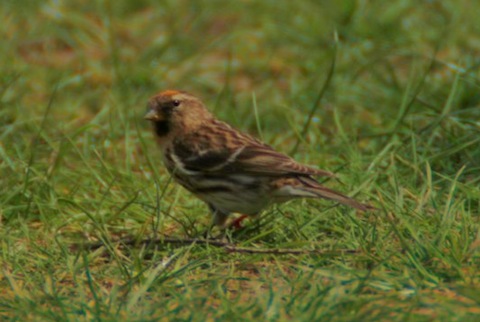
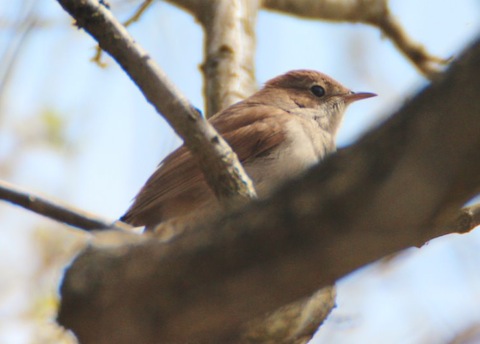
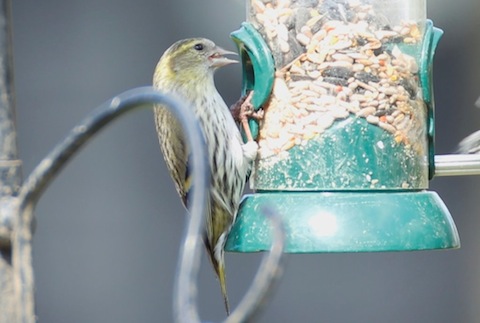
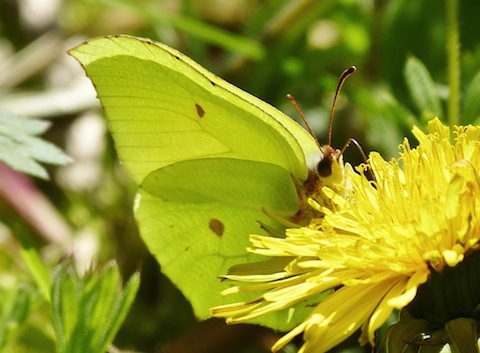
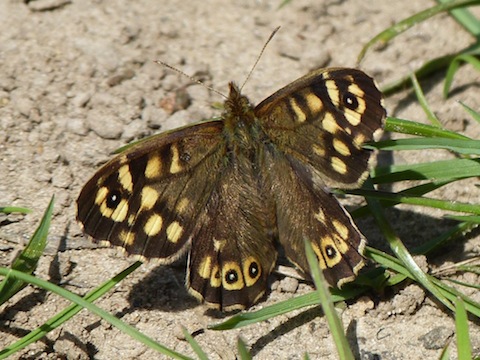
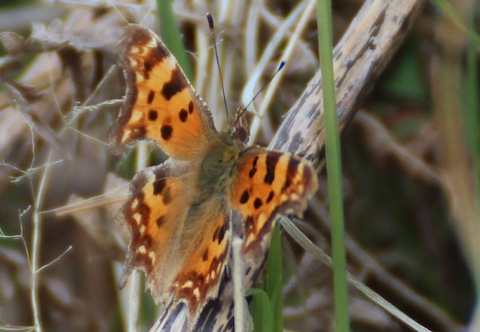
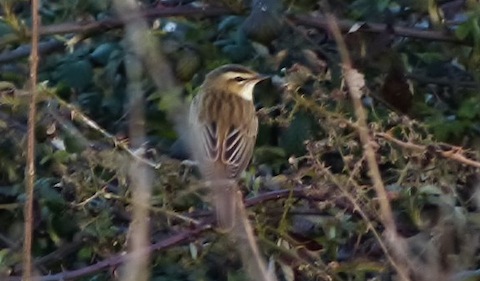
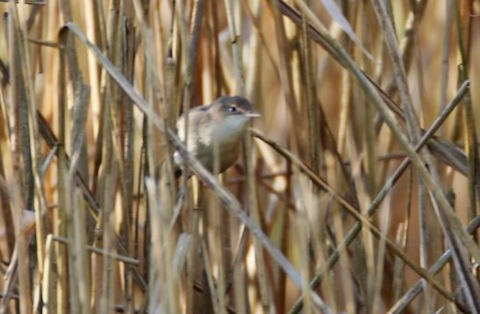
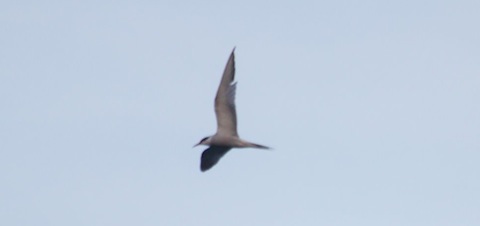
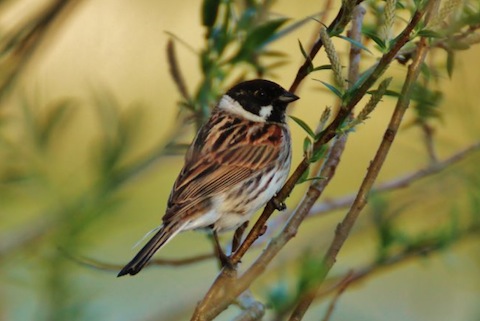
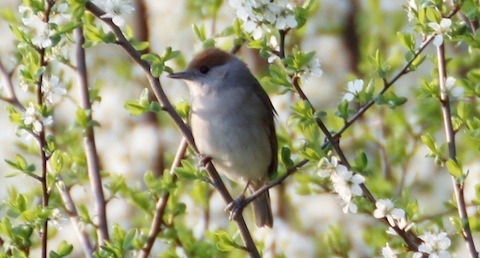
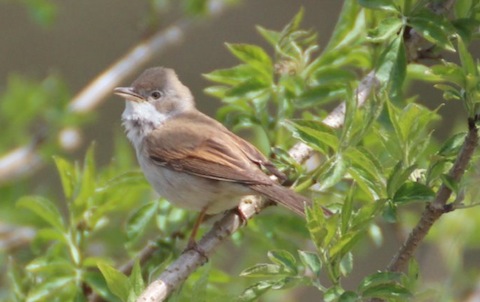
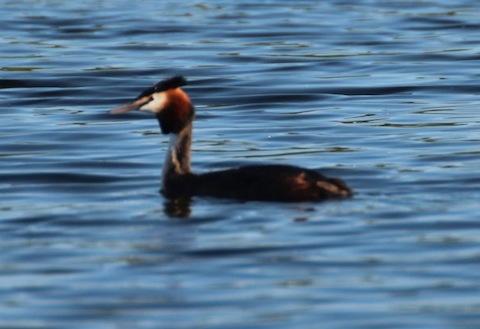
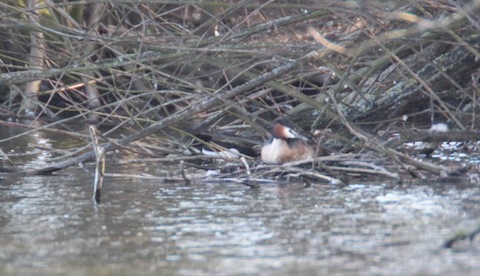
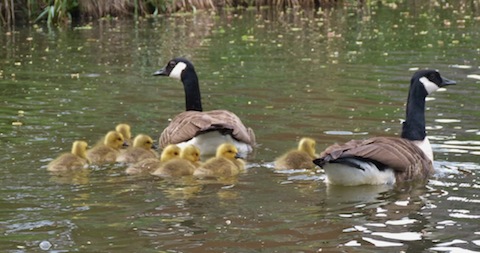
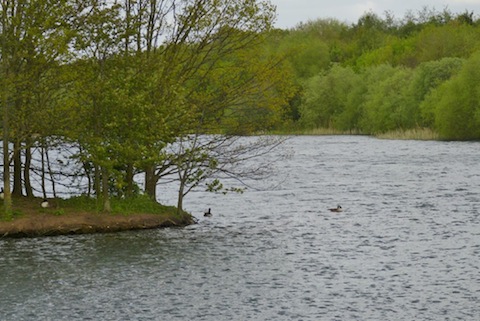
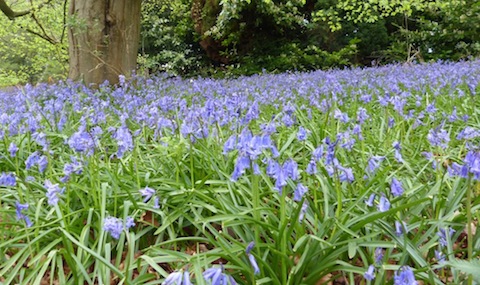
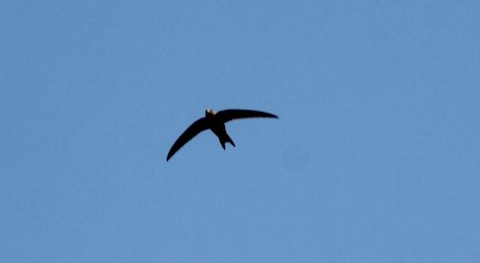
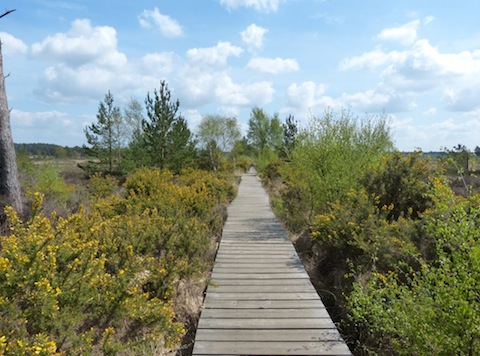
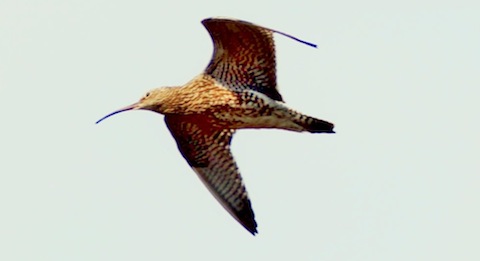
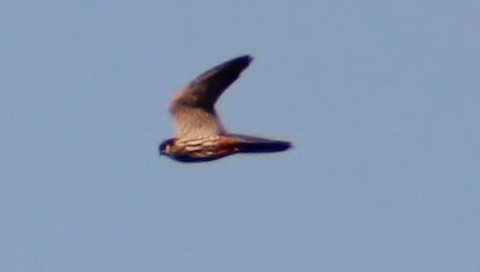
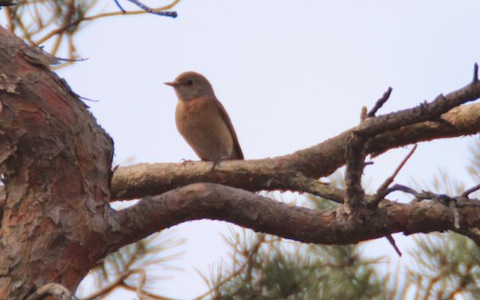

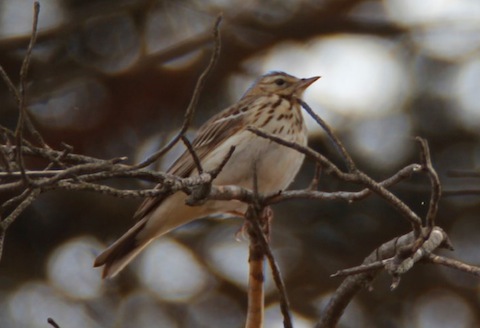







Pete Brayne
May 12, 2013 at 9:26 pm
Quite fantastic! Thanks so much for these beautiful photos!
Mike Beer
May 15, 2013 at 11:36 am
We met on Sunday am. Very interesting photos. I will go over to Thursley and look for your Redstart, Tree Pipit and Hobby. Are there any Lesser Whitethroats at Riverside?
Mike Beer
May 20, 2013 at 12:27 pm
I saw the hobby at Thursley on Saturday from the boardwalk. Also saw woodarks and heard a cuckoo and the curlew. But no sign of the redstart.
Malcolm Fincham
May 20, 2013 at 8:34 pm
Hi Mike
Thank you for your update on Thursley. I hope to squeeze in another trip there myself before the month is out. Sorry to hear you didn’t have any luck with redstarts, hopefully they may have paired up now so likely to be more secretive? On your previous comment: I have never had the fortune of seeing (or hearing) lesser whitethroats at the Riverside reserve. They are far more elusive than the common whitethroat. I will certainly report it on this website if or when I do. Pulborough Brooks in West Sussex was my last brief sighting of one.
Andy Davis
May 30, 2013 at 12:20 am
I would like to inform Malcolm Fincham and all readers that redstarts have nested and chicks have hatched at Thursley. I saw them on 27/5/2013.
Steve Simnett
May 28, 2013 at 11:06 am
Nice blog Malcy.
Great photos too.
Malcolm Fincham
May 30, 2013 at 9:04 pm
I would like to thank Andy Davis for the update on redstarts on Thursley Common. That’s excellent news! Didn’t have chance to check them out on my last visit [May 23rd] due to weather conditions that day, as mentioned in my next report which I hope will be published soon.